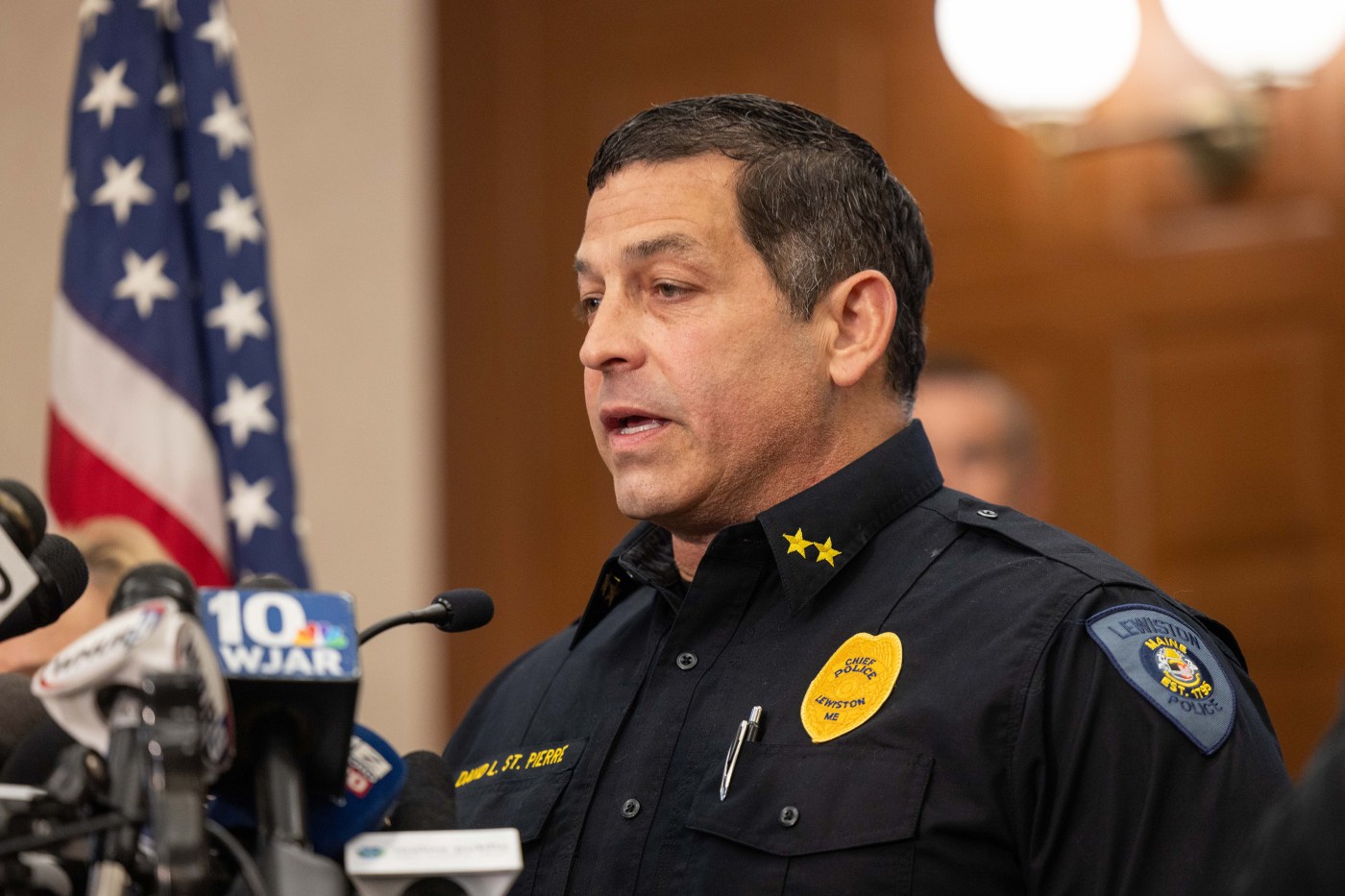
Maine’s gun laws and consequences, explained
Maine has relatively lax firearms laws but also boasts one of the lowest firearms related deaths rates in the country.
Maine does not have a “red flag” law which may have prevented a mass shooter in Lewiston from accessing the gun he used to kill more than a dozen, according to gun control advocacy groups, as early reporting indicates the shooter made specific threats of violence.
“The state does not have an Extreme Risk law, also known as a ‘red flag’ law, to empower families and law enforcement to prevent tragedies before they happen,” Everytown for Gun Safety, a gun control lobbying group, writes of the state.
A “yellow flag” system used in the state, that would have required the intervention of a medical professional and sworn testimony from a law enforcement official in order to remove the guns used in Wednesday’s shooting from the alleged killer’s possession, may have been helpful if implemented.
“Though Maine has taken some steps to keep guns out of the hands of those who shouldn’t have them, state leaders must do more to prevent gun violence,” Everytown writes.
Since 2015 Maine has been among the more than half of U.S. states that allows adults over the age of 21 to carry concealed handguns without a permit. Reporting indicates the shooter was armed with a long gun.
Gun sellers are not required to perform background checks for sales beyond those performed to comply with federal laws, which check mostly for criminal findings, and there is no waiting period required to take possession of a new gun.
There are no restrictions on the possession of popular shooting platforms like the AR-15 or magazine size.
Despite these apparently lax laws, according to data provided by the CDC, Maine also ranks fairly well when held against other states when it comes to gun violence. At a rate of 11.2 per 100,000, Maine’s yearly gun deaths are well below that 38 other states. Of 163 people shot and killed there annually, almost 90% die by their own hand.


